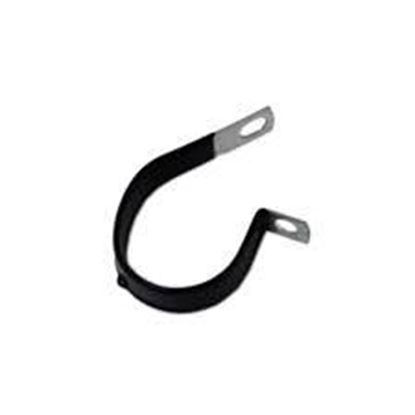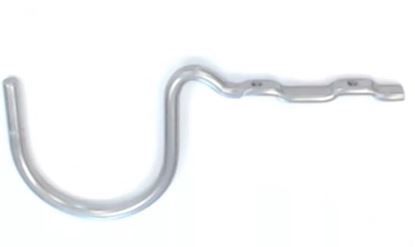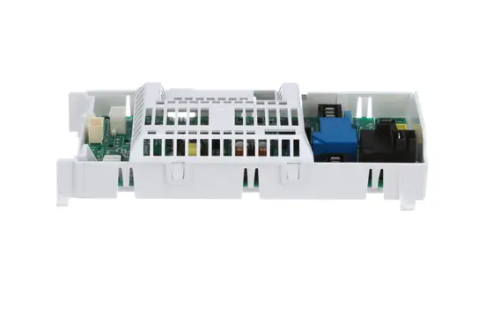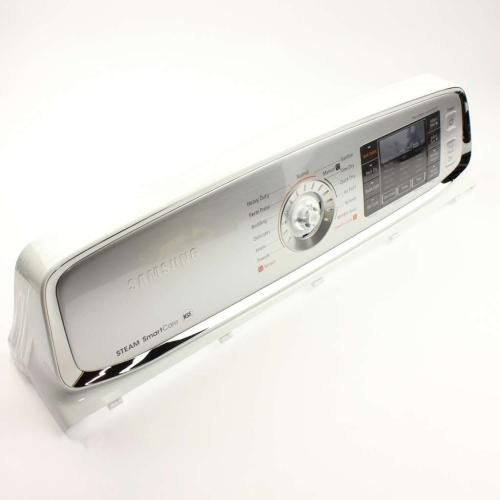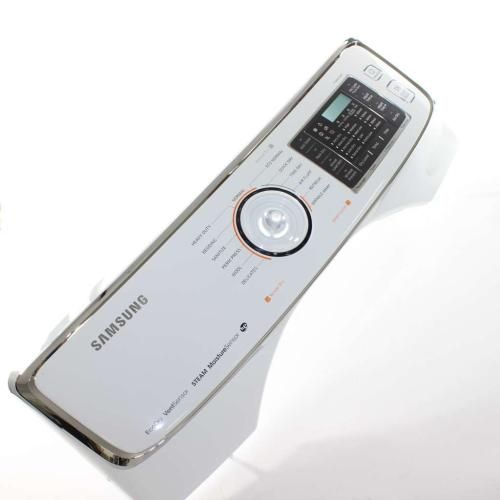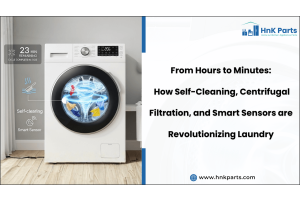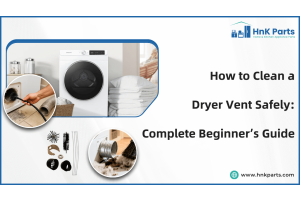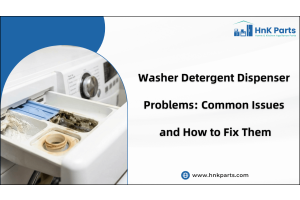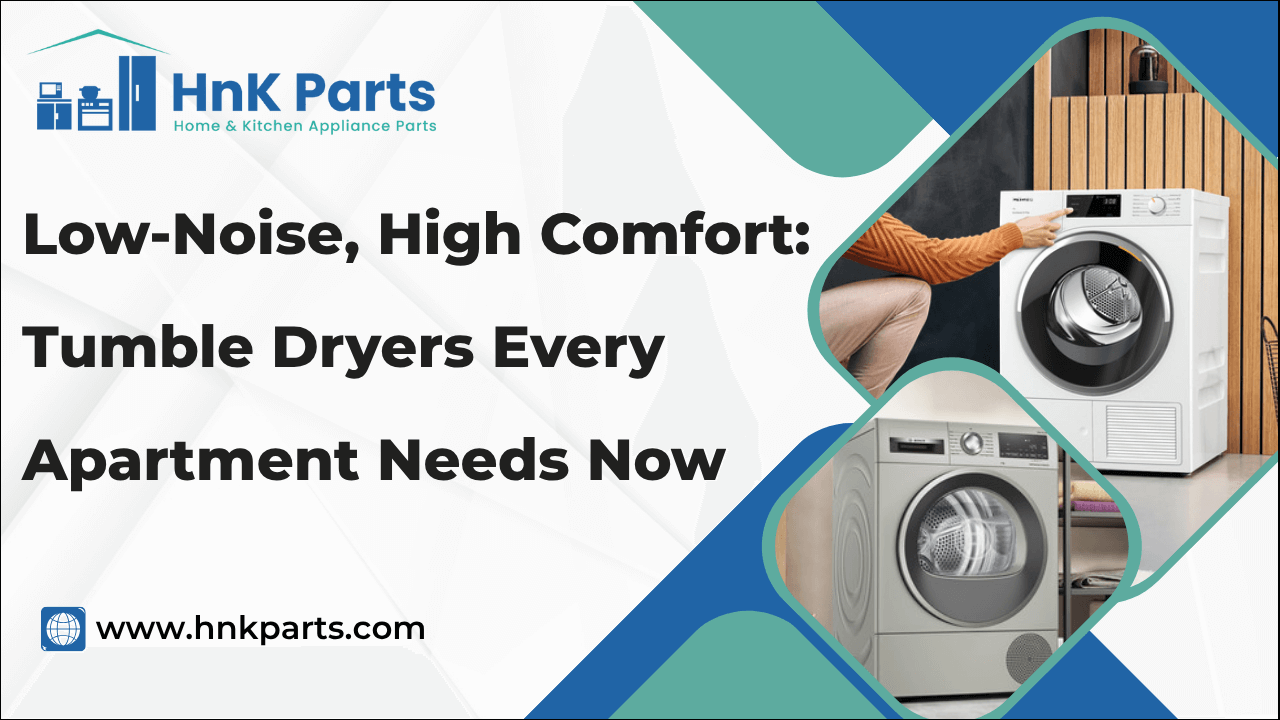
Low-Noise, High Comfort: Tumble Dryers Every Apartment Needs Now
As urban living spaces become increasingly compact, the demand for quiet appliances has surged. Apartment dwellers often find themselves in environments where every sound resonates through shared walls, making noise reduction a top priority when choosing household items. Traditional appliances can significantly contribute to noise pollution, disrupting daily activities. hindering relaxation and compromising overall well-being. In this context, the emergence of low-noise tumble dryers represents not just a trend but a necessity for modern homes. These innovative dryer machines are designed to operate with minimal sound, allowing residents to tackle laundry without the constant din that often accompanies such chores. This article will explore why low-noise dryers are essential for apartment living and what consumers should look for when selecting one.
Why Low-Noise Tumble Dryers Are Essential for Apartment Living
The importance of low-noise tumble dryers in an apartment setting cannot be overstated. Beyond personal preference, there are tangible benefits that directly address the challenges of urban density and shared living spaces.
-
Mitigating noise pollution: A quiet dryer, operating at around 50-60 dB, makes a world of difference, allowing for a more peaceful home environment. For residents in multi-unit buildings, this noise reduction isn't just a luxury; it's a critical component of respectful communal living.
-
Benefits of quiet operation: This allows for normal conversation, undisturbed television watching, better sleep quality for residents, and a more conducive environment for remote work or study. The reduction in jarring noises contributes significantly to mental well-being and stress reduction. Without the constant hum or rattle, apartments feel more spacious, calm, and inviting.
-
Ideal for late-night laundry: Many apartment dwellers find themselves doing laundry late in the evening or early in the morning due to busy schedules, utility peak hours, or simply when the machine is free. With a noisy dryer, this is often out of the question, risking disturbances to neighbors. A quiet model empowers you to tackle your laundry whenever it's most convenient, without causing disruption or feeling guilty about the noise.
-
Enhanced comfort and well-being: A quiet home environment directly impacts mental and emotional well-being. Reduced noise levels lower stress, improve concentration, and promote better sleep. For those with sensitivities to noise or for families with young children needing undisturbed naps, a quiet dryer is invaluable.
Key Features to Look for in Quiet Tumble Dryers
When living in an apartment or a shared space, choosing a tumble dryer that operates quietly is essential for maintaining a peaceful environment. Modern dryers come with innovative technologies specifically designed to minimize noise without compromising performance.
|
Feature |
Description |
|
Decibel rating (dB) |
Indicates noise level; aim for 50–65 dB. Models in the 50–55 dB range offer near-silent operation. |
|
Vibration control and anti-vibration |
Includes dampeners, balanced drums, sensors for imbalance correction, reinforced panels, and shock absorbers to minimize vibration and noise. |
|
Enhanced insulation |
Sound-dampening materials like foam and rubber reduce operational noise and improve energy efficiency. |
|
Compact design |
Smaller, stackable, space-saving models designed with noise reduction are ideal for apartments. |
|
Ventless systems |
No external venting required; inherently quieter. Heat pump dryers are the quietest and most efficient. |
|
Heat pump dryers |
Quietest type; uses a closed-loop system to recycle air, reducing noise and energy use. |
|
Condenser dryers |
Quieter than vented models; use internal fans to condense moisture, which adds some noise. |
|
Drying sensors |
Detect dryness and shut off automatically, minimizing run time and noise. Some models adjust cycles based on fabric type. |
Top Low-Noise Tumble Dryer Technologies
The innovation in dryer technology has led to several key advancements that directly contribute to their remarkably quiet operation. Understanding these technologies will highlight why modern, quiet dryers are such an improvement.
-
Heat pump technology: Unlike conventional dryers that exhaust hot, moist air, heat pump dryers recirculate hot air within the drum. This closed-loop system not only makes them incredibly energy efficient but also significantly reduces noise because there's no hot air being expelled and no need for powerful fans to vent it out. This technology is often the gold standard for quiet operation and energy savings.
-
Inverter motors: Traditional dryer motors often operate at fixed speeds, leading to abrupt changes and mechanical noise. Inverter motors, on the other hand, are brushless and operate using a variable speed drive. This allows them to adjust their speed precisely to the load, resulting in smoother, quieter operation and less vibration.
-
Smart sensor systems: Modern dryers are equipped with sophisticated smart sensor systems that continuously monitor moisture levels and temperature inside the drum. This prevents overdrying, which not only protects your clothes but also reduces the amount of time the dryer runs. By automatically stopping the cycle once clothes are dry, these systems minimize unnecessary operation and, consequently, reduce the duration of noise.
-
Eco silence programs: Many leading manufacturers have developed proprietary technologies or specific programs aimed at minimizing noise. These programs are specifically designed for times when minimizing noise is paramount, such as late at night or during important meetings.
-
Anti-vibration features: Beyond internal dampeners, advanced anti-vibration features include specialized side panels designed to absorb vibrations, often with a unique wave or spiral structure. These textured surfaces break up sound waves and prevent them from resonating outwards. Some high-end models even use liquid-filled counterweights, similar to those found in washing machines, to stabilize the drum and prevent shaking during operation.
Installation Tips for Apartments
Proper installation can further enhance the quiet operation and convenience of your tumble dryer in an apartment setting.
-
Stacking kits: For apartments with limited floor space, a stacking kit is an invaluable accessory. This allows you to safely place your dryer directly on top of your washing machine, freeing up valuable floor area. Most manufacturers offer specific kits designed for their models, ensuring stability and safety.
-
Ventless dryers: These are often the best choice for apartments as they don't require an external vent. This offers significant flexibility in placement; you can put them in a closet, bathroom, or even a kitchen corner, as long as there's a power outlet.
-
Vented dryers: If your apartment has an existing vent, a vented dryer is an option, typically being less expensive upfront. However, ensure the vent is clear, unobstructed, and properly connected to prevent lint buildup and fire hazards. The noise from vented dryers can also be greater due to the expulsion of air and the operation of the exhaust fan.
-
Power source: Confirm the power requirements of your chosen dryer. Most standard full-size dryers in North America require a 240-volt outlet, while compact or smaller models might run on 120-volt power (standard wall outlet).
-
Space planning: Before purchasing, carefully measure the intended space. Account for not just the dryer's dimensions but also clearance for the door to open fully, ventilation (if vented), and space for connecting hoses and power cords. Consider how far the dryer will protrude and if it will impede walkways or other furniture. Even for compact models, a few extra inches of clearance can make a big difference in usability and prevent accidental bumps.
-
Leveling the machine: Ensure the dryer is perfectly level. Most dryers come with adjustable feet. Use a spirit level to check both front-to-back and side-to-side. An unlevel machine can vibrate excessively, leading to increased noise and premature wear on components.
-
Anti-vibration pads: Consider placing anti-vibration pads under the dryer's feet. These rubber or polymer pads can absorb residual vibrations, further reducing noise transmission to the floor and surrounding structures, which is especially beneficial in multi-story buildings where noise can easily travel between units.
How To Clean A Dryer: 9 Easy Steps
Maintenance Tips to Keep Dryers Running Quietly
Regular maintenance is crucial not only for the longevity and efficiency of your dryer but also for ensuring it continues to operate at its lowest possible noise level.
-
Cleaning lint filters: Clean the lint filter after every single load. A clogged lint filter restricts airflow, forcing the dryer to work harder, leading to increased noise, longer drying times, higher energy consumption, and a significant fire hazard.
-
Cleaning ducts: For vented dryers, the dryer duct should be cleaned at least once a year, or more frequently if you do a lot of laundry or have pets. Lint can accumulate in the ductwork, causing airflow restrictions and leading to overheating and noise.
-
Condenser unit/heat exchanger: For condenser and heat pump dryers, refer to your manual for cleaning the condenser unit or heat exchanger. These collect lint and dust and need to be cleaned periodically (e.g., monthly or quarterly) to maintain airflow and efficiency, which in turn helps keep the noise down.
-
Balancing loads: An unbalanced load is a common culprit for excessive dryer noise, particularly thumping or banging sounds. Ensure you don't overload the dryer and that clothes are distributed evenly in the drum. Avoid drying a single heavy item (like a large blanket or duvet) with very few other items, as this can easily create an imbalance.
-
Check for loose objects: Periodically check the dryer drum and around the lint filter area for any forgotten items like coins, keys, or small toys that might have fallen out of pockets.
-
Tighten loose screws: Over time, vibrations can loosen screws on the dryer's casing or internal components. A quick visual inspection and tightening of any loose screws can help prevent rattling noises from the appliance's exterior panels.
-
Clean the exterior: While not directly affecting internal noise, keeping the exterior clean prevents dust and debris from entering vents and potentially impacting internal components that contribute to noise.
Dryer Making Noise? Discover the 11 Hidden Reasons Now
Selecting a low-noise tumble dryer is an important step toward enhancing apartment living. Quiet dryers allow users to do laundry at any time of day or night without disturbing neighbors or family members, thus providing a level of convenience that is invaluable in compact living environments. When choosing a low-noise dryer, it’s essential to consider key factors such as decibel rating, energy efficiency, and additional features that contribute to quiet operation. Investing in innovative technologies like heat pump systems and inverter motors can also lead to smoother, quieter functioning. Ultimately, a thoughtful choice in a low-noise dryer can transform the mundane task of laundry into a seamless part of daily life, making such appliances fundamental to modern apartment living. HnKParts offers a wide selection of dryer replacement parts for both electric and gas models. The inventory includes components from top-selling manufacturers, ensuring quality and compatibility.
FAQs
Can I use a tumble dryer in an apartment without external ventilation?
Yes, many modern tumble dryers designed for apartments are ventless. They use condenser or heat pump technology to recycle and cool air internally, making them ideal for spaces without external venting.
Are low-noise dryers safe to run overnight in small apartments?
Yes, low-noise dryers with safety features like auto shut-off and temperature sensors are safe to run overnight. However, always follow the manufacturer’s guidelines and avoid overloading the dryer.


